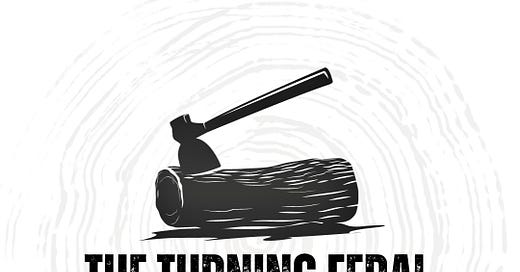Day 49 - For many of those reading this, you have aspirations of learning to be more self-sustained. Part of that journey will inevitably include the need to take the life of another living being for food or fur, something suburnanites have been insulated from for quite sometimes. In fact, for many urban dwellers the idea of killing a wild animal for food has been demonized in spite of the fact that hundreds of thousands of dead animals line the grocery store shelves in every big city, but why am I stating the obvious?
Because taking a life is hard. Whether you’ve been hunting and farming since you were a kid or are adult-onset like myself, no one fully prepares you for the first time that you take an animals life – or any of the millions of permutations of death that can occur once you release an arrow or pull a trigger. Yes, we should all train to make a perfect shot and pray that when our lethal projectiles make impact that death comes swift and the animal topples over in peace without taking a step… but, reality is often far different than our best-case-scenario fantasy.
The reality? It can be ugly. Whether it’s a bad shot placement, a jumped string, or just plane bad luck, often times you find yourself in a situation where you have a wounded, but still very much alive, animal on your hands. These experiences are heart breaking. No sane person who wants to provide healthy table fare for their family desires to bring about suffering and the emotions felt in a moment of wounding an animal can be overwhelming. Regret, dread, sadness, and self-hatred are all at the table in those moments and if you don’t mentally prepare for that potentiality, they can be debilitating – which could lead to more suffering of the wounded animal.
If you are on your own journey to Turning Feral, take time to practice getting the most ethical and rewarding outcome as possible on your hunts or butchering of personal livestock. But, also take time to recognize that death is not always linear and the path over the rainbow road can be quickly affected by variables outside of your control. Find ways to calm your mind in hyper-stressful situations because when the moment an unclean death presents itself you need to have your wits about you in order to make an ethical follow up strike, or be prepared to let the animal expire on it’s own – which can often be heart wrenching to watch.
Daily Prompt: What mental tools do you have at your disposal to deal with traumatic events? Do you box breathe? Pray? What other tools could you incorporate into your daily practice to help prepare for some of the less glamorous aspects of being self-sustained?:
Motivational Passage:
"Trust yourself. Create the kind of self that you will be happy to live with all your life. Make the most of yourself by fanning the tiny, inner sparks of possibility into flames of achievement."
-Golda Meir
Rewilding Action: The mental training aspects of turning feral are often overlooked as people step out into the woods. Though I don’t know of any companies that focus solely on the mental toughness aspect of outdoor adventuring, I do know many who incorporate aspects of it into their programming, which include MTNTOUGH, Sheepdog Response, Fieldcraft Survival, etc. In the past my practice stemmed from reading books on mental strength and then applying it through sport for repetition. I will compile a list of my top-10 books for mental toughness and post them in the coming weeks.



